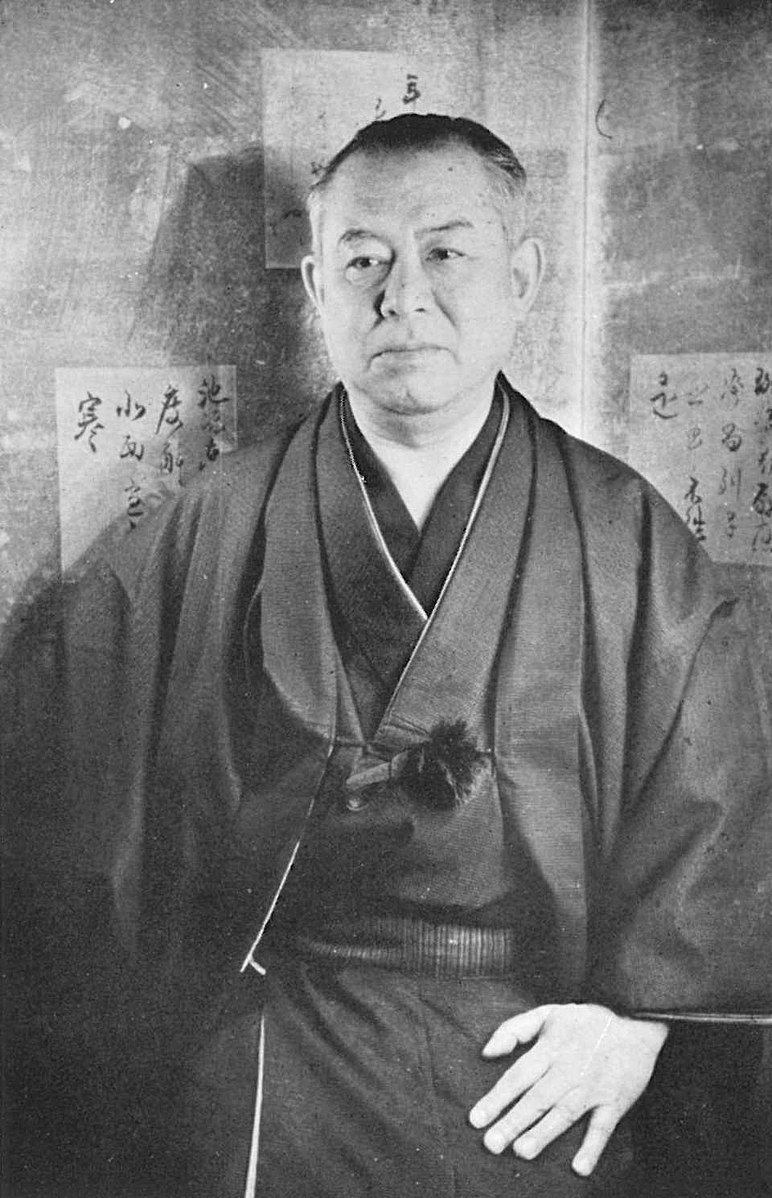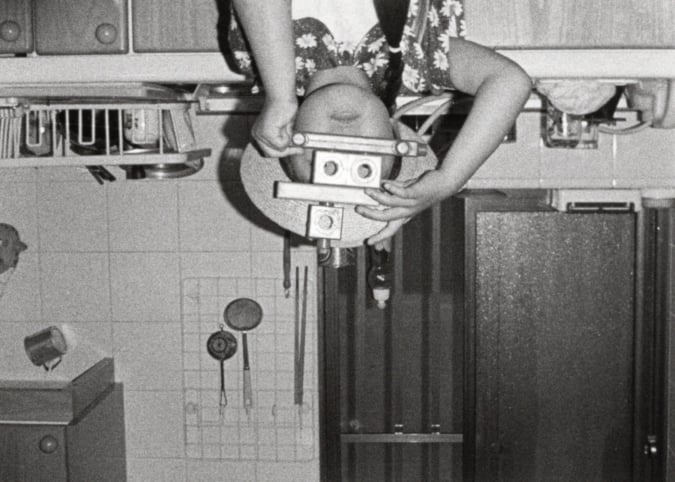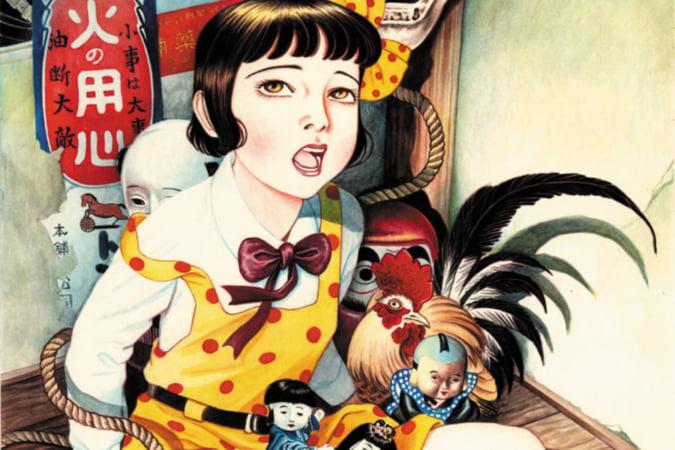Jun’ichiro Tanizaki’s Demonic Delights
The Japanese author, known for ‘In Praise of Shadows’, also penned ‘Devils in Daylight’, a gripping crime novel with a sulphurous plot.

Jun'ichiro Tanizaki (Creative Commons)
‘Sonomura made no secret of the fact that mental illness ran in his family. I had contracted an intimacy with him nonetheless and associated with him in full awareness of how impetuous, how aberrant of mind, and how wilful he could be.’ From the very first lines of Devils in Daylight, Jun’ichiro Tanizaki, author of the celebrated In Praise of Shadows, sets out the main theme of this crime novella over the course of which both the narrator and reader constantly wonder whether madness can be contagious.
The narrative begins with the narrator, Takahashi, a writer, receiving a phone call from his friend Sonomura, who asks him to join him to witness a murder of which he claims to already know all the details. While at the cinema sitting near a young couple, Sonomura had managed to intercept their coded message, recalling the device at work in Edgar Allan Poe’s The Gold-Bug. It’s an unequivocal scheme based on their desire to kill a third protagonist.
A crime novella addressing taboo themes
The strange request does not seem to surprise Takahashi, who knows his friend is a big fan of detective novels and films. And so, the pair head off in pursuit of an anticipated murder, galvanised by a mixture of fear and excitement, and soon become voyeurs and witnesses to a perfectly oiled mechanism of destruction. But how can they be sure of what their eyes see?
In this short detective story, published in Japan in 1918, Jun’ichiro Tanizaki, who at the time had only written short stories and had not yet started writing novels (his first, Naomi, was published in 1924), draws on social, psychological, and sexual themes that were still taboo in early 20th-century Japanese society. With voyeurism, illusions, mysteries, eroticism, and above all the beauty of a poisonous femme fatale, Devils in Daylight plays with the protagonists’ convictions and the reader’s predictions. ‘I had seen it all with my own eyes, I could not deny it, and yet I could not get rid of the sense that I had been fooled by something’, Takahashi confides. Reading the final lines of this novella only confirms this impression.
Devils in Daylight (1918) by Jun’ichiro Tanizaki, was published in 2017 by New Directions Publishing.

New Directions Publishing
TRENDING
-
Jinbocho, Tokyo’s Book District
This neighbourhood in Chiyoda-ku has become a popular centre for second-hand book stores, publishing houses and antique curiosities.

-
Issei Suda’s ‘Family Diary’, A Distant Look at Daily Life
For two years, he photographed his family using a Minox, a tiny camera notably employed by intelligence agencies.

-
‘Shojo Tsubaki’, A Freakshow
Underground manga artist Suehiro Maruo’s infamous masterpiece canonised a historical fascination towards the erotic-grotesque genre.

-
Recipe for ‘Okayu’ from the Film ‘Princess Mononoke’
This rice soup seasoned with miso is served by a monk to Ashitaka, one of the heroes in Hayao Miyazaki's film.

-
‘Kokoro’, Harmony Between the Heart and Mind
Meaning ‘heart’, ‘mind’ and ‘essence’ alternately, this Japanese term bears a philosophical dimension unique to the country.





